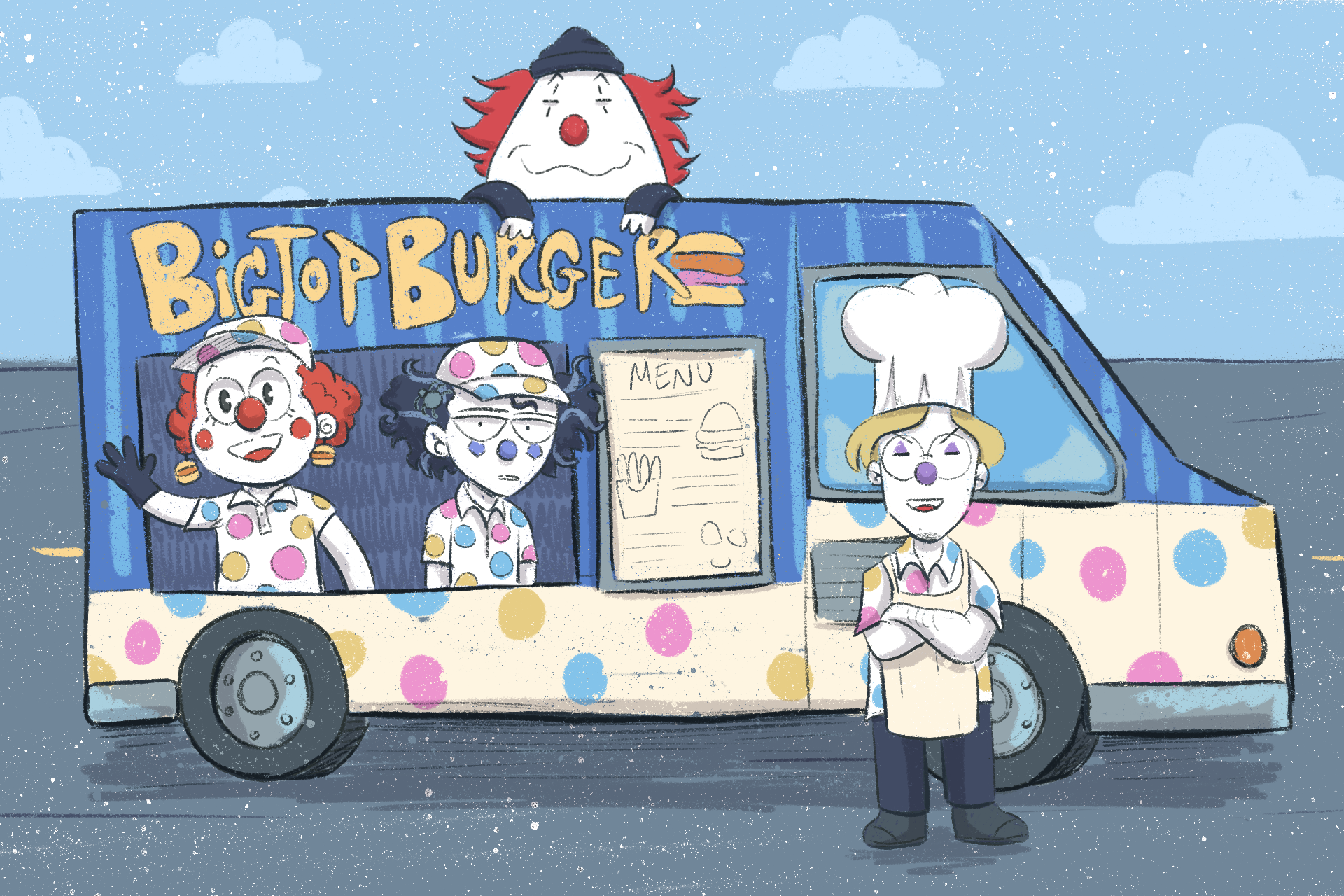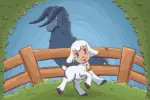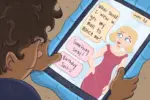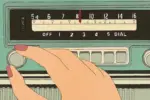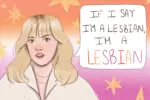Since the internet’s inception, independent animation has been something of a fixation for a large portion of users. Computers made creating and sharing animation more accessible to the general public, and software like now-defunct Adobe Flash made the bar for entry lower than ever. When handed the ability to share media globally, animation almost always seems like the instinctive next step to anyone with a creative bent.
So of course, when YouTube began to grow more popular, it naturally developed an ever-growing sphere of indie animators. Many names come to mind – Smallbu Studios, founded by the couple behind the show Baman Piderman, or Bill Wurtz, of “history of japan” fame. However, there are two artists, in particular, that helped to expand indie animation on YouTube into something more.
Ian “Worthikids” Worthington, 27, and Louie Zong, 30, have quite a bit in common when it comes to their internet upbringing. Both were artistic kids who enjoyed exploring animation software such as Blender and Flash as far back as 2009. However, their real forays into creative social media started on DeviantArt in their teens, before migrating over to Tumblr in the early 2010s.
Zong founded his Tumblr page, “everydaylouie,” in 2011, with the intent to join in on a popular challenge at the time that involved drawing something and posting it everyday (hence the blog’s title). In an interview with the Creative Block podcast, Zong cited this blog as the major reason for why he was able to improve his art rapidly enough to break into the animation industry after college despite having majored in engineering.
Worthington also credited joining Tumblr in 2012 as an important artistic milestone. In his own interview with Creative Block, he noted that Tumblr was the first place he built up a fanbase – particularly due to his involvement in the fan community of the webcomic, “Homestuck.” “It was all from ‘Homestuck,’” he laughed. “Cause I was drawing a lot of ‘Homestuck’ fanart, my original fanbase was just all Homestuck fans.”
Due to the major role music played in the webcomic, the ‘Homestuck” fandom had a large fan music scene, which Worthington also became involved with. Eventually, he began posting short animations alongside his illustrations and music. This combination of original art and original music, each inspired by each other, was the beginning of a long-running theme in Worthington’s animation, and yet another similarity Worthington and Zong would share.
Zong was also creating music from the get-go. He was trained in piano from a young age, and posted his first song, “The Pizza Line,” on Bandcamp in 2011. He created some sporadic fanart for various fandoms, including the Zelda franchise and Cucumber Quest. And he, too, was posting many small-scale animations very early on in his blogging career.
By 2015, both creators had established YouTube channels, and had been building a steady audience. Zong’s earliest posts were animated bits from Game Grumps, interspersed with animations set to his original music. One of the most memorable of these was the video “Ghost Janitor,” which went on to spawn a popular series of ghost-related music videos on Zong’s channel.
Worthington’s first YouTube videos were “Homestuck” fan animations with original voice acting which are now private on his channel, as he felt they didn’t reflect the professional brand he wanted to build as an artist. As a result, the earliest videos on the Worthikids channel are animated clips of Adult Swim shows, like “The Eric Andre Show,” or “Check It Out! With Dr. Steve Brule.”
Now, both Worthington and Zong are well-established in the independent animation community on YouTube, with exactly 1.02 million subscribers each. Worthington’s original series, “Big Top Burger,” has over 22.8 million views combined. Zong’s channel, which is at this point almost entirely original music, averaged around 1.4 million views in the last month alone.
However, their tandem rise and path to acclaim is not the only similarity the two animators share. Skimming through their channels, you get the feeling of two artists who create and post whatever they feel like making, and expect the right audience to find them in time.
Zong has had phases where he posted animated clips of popular media– two of the most famous being the aforementioned Game Grumps videos, as well as a later set of “My Brother My Brother And Me” segments. But he also has long phases of posting just his original creations (most recently full jazz-funk-fusion albums), and doesn’t seem concerned with how that affects his visibility, nor the audiences he gained through fandoms.
Worthington, too, has almost exclusively made original content since 2019, and doesn’t seem to care that the average views per video are a bit less than when making fan content. The fans that do stick around for original content receive experiments into Rankin/Bass style sci-fi pilots, and original clown-metal music videos.
At the end of the day, it is this internal drive to create whatever they want, and the need to always push the boundaries of what they are able to make, that is so appealing about Worthington and Zong. One needs only to look at Worthington’s well-sustained Patreon, with 3,391 members donating a total of approximately $5,800 a month, to realize that despite the odd nature of his posting, he’s doing something right.
It is perhaps the wild-west era of the internet the two creators grew up in that helped enable this “anything goes” mentality when it comes to art. Certainly now, with “YouTuber” as an established career path, the pressure to conform to one artistic pigeonhole early on must be far greater than it was in 2011.
And with websites like Tumblr, which was so vital to the formation of both Worthington and Zong’s artistic voice, selling users’ art to be used as training data for AI interfaces, it’s hard to imagine that the raw creative online energy that inspired these artists will ever exist in the same way again.
This uncertainty is exactly why it’s important to acknowledge and support these independent, self-sustained pockets of the internet that are so determined to create. Hopefully, in doing so, we can continue to ensure that the option to simply make art for art’s sake will continue on in the much more perilous internet landscape of today.


